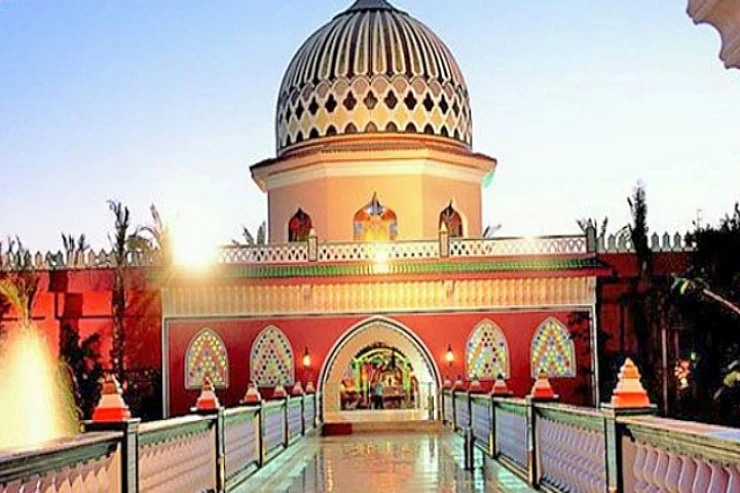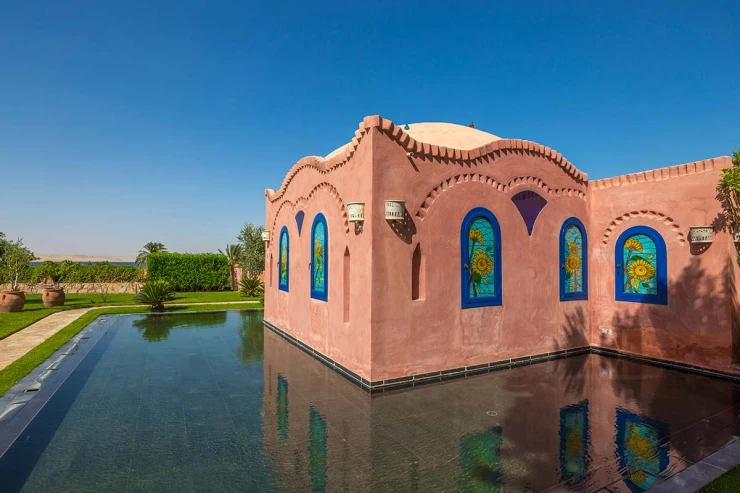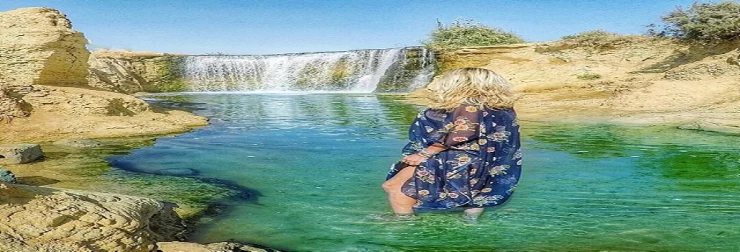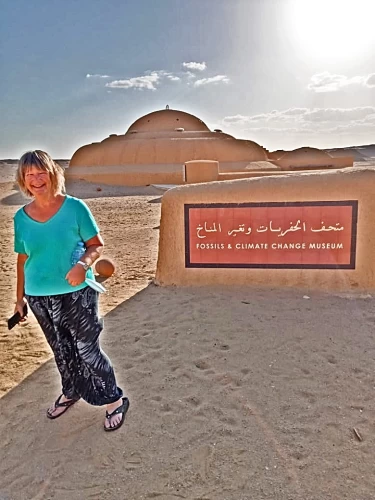
Wadi El Rayan
Wadi El Rayan
Wadi El-Rayan forms a significant touristic site within the governorate of Fayoum as it demarcates highlands such as Mount El-Rayan and the areas of El-Rayan Water Springs, which serve as sites for safaris and camping, in addition to the opportunity for medical tourism in the springs and wells found there and It has plants and trees, and animals like deer, fennec foxes, hawks, and other birds.
According to tradition, the name is derived from a king, El-Rayan, who, together with his soldiers, spent some time in the region and they coined the name as they described it from one of the papyri to have ancient Egyptian origins.
They also say that people were living there in the first centuries AD, but then the name is a little different, as the word Rayan means something that is filled with water, but this area does not have water because it is more of a desert area than a water area.
When Muhammad Ali Pasha came to Egypt, he thought of taking advantage of the waters of Wadi El-Rayyan by building a lowland where he could store the waters of the Nile River.
Even at the beginning of the nineteenth century, American engineers came to connect the Nile water to Wadi El-Rayan to store water and use it when needed, as a canal was built near Wadi El-Rayan, but they did not complete it for fear that the water would leak into the Fayoum lowland because of the cracks.
They used Lake Qarun to irrigate agricultural lands in Fayoum led to a decrease in the level of groundwater, so in the twentieth century, they built a canal connecting Fayoum and El-Rayan to carry excess water and connect it to the two lakes that were built in Wadi El-Rayan, so each has an area of more than 20,000 acres, resulting in the transformation of Wadi El Rayan from a completely dry area to a group of artificial lakes below sea level.
Natural attractions in Wadi El-Rayan
The upper lake is one of two kinds of lakes and has an area of greater than 60 kilometers. It happens to be quite vast and deep as compared to the lower lake, but it is much less salty than the latter, almost 5 meters below the sea level, has semi-saline water, and renews itself. The area of the lower lake is about 100 km, and due to its salinity, evaporation is very high. One feature is its tranquilly and its marvelous natural environment free of pollution.
With three waterfalls that offer scenic beauty for relaxation and fishing, the Qassimat Valley area stretching down toward Wadi El-Rayan has various recreational activities, including diving, golfing, and horseback riding, among many other sports.
This area is also considered one of the ecological tourist attraction sites, but it misses some additions to make it a tourist attraction, such as putting up a bridge between the waterfalls and building residential accommodations for the yearly influx of tourists.
Besides, one such beautiful desert place is Mount Madoura, which is a height plateau but looks like a circle, and exactly at the bottom of the mountain is a beautiful beach very well shrouded by the mountain, which is a lovely place for sitting in silence, camping, and tours.


















